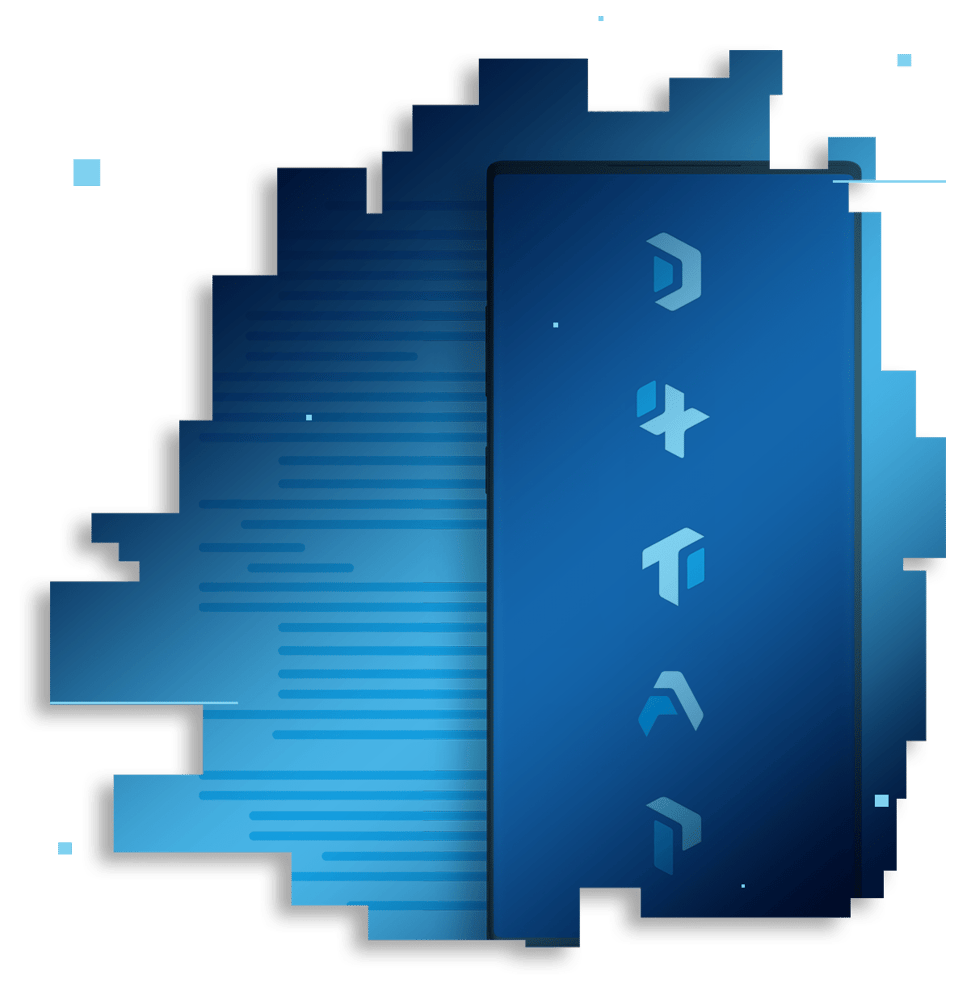-
Products
-
Solutions
-
Resources
-
Company
- Pricing
Products
Solutions
Resources
Company

Utilizing compiler-based protection, application shielding secures iOS and Android mobile apps, protecting them against reverse engineering, tampering, and various other threats.

App shielding is a widely used term; at Guardsquare, our approach focuses on mobile application protection that includes multilayered static and dynamic protection, automatically injected diverse RASP checks and polymorphic protection that adjusts with every build of your app or SDK.
App shielding can be used for mobile applications across all industries, including financial services, healthcare, retail, gaming and more. In addition, application shielding can help meet international regulatory requirements, including compliance requirements like PCI and more.

In fact, according to a mobile application security report, within the last year (2023), 88% of organizations have experienced an attack on their mobile applications. Hackers actively seek out vulnerable mobile applications for reverse engineering and tampering and often use them to launch larger or more sophisticated attacks.
Mobile application shielding can protect your apps against tampering and misuse that could result in; unauthorized access, malicious code injections, credential theft, app cloning, IP theft, broader system attacks, and more.

Guardsquare’s mobile application shielding solutions defend against the full spectrum of mobile app attacks. DexGuard for Android and iXGuard for iOS layer both static and dynamic app protection.
Static protection prevents hackers from decoding sensitive parts of the application(such as API keys or credentials) and protects code and data at rest. This is also known as code hardening.
Dynamic protection defends apps against analysis at runtime and live attacks. This is also known as runtime application self-protection (RASP).
Combining code hardening techniques such as code obfuscation and encryption with RASP can help you remain both protected and compliant with the latest regulations.